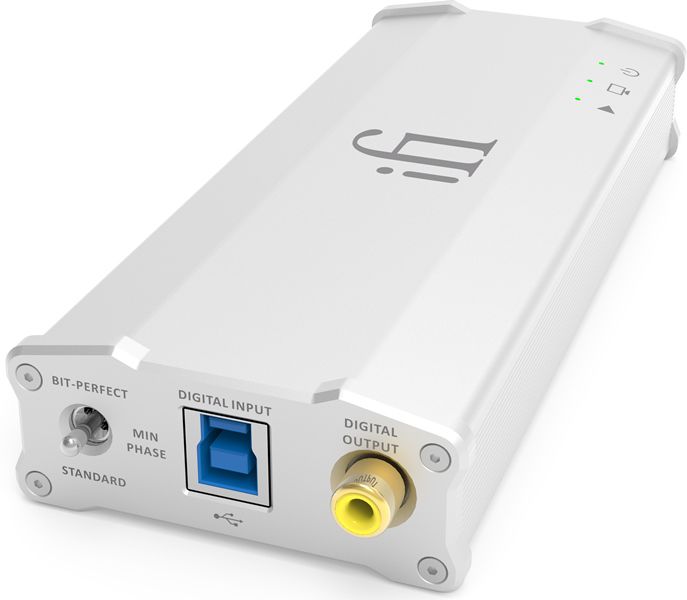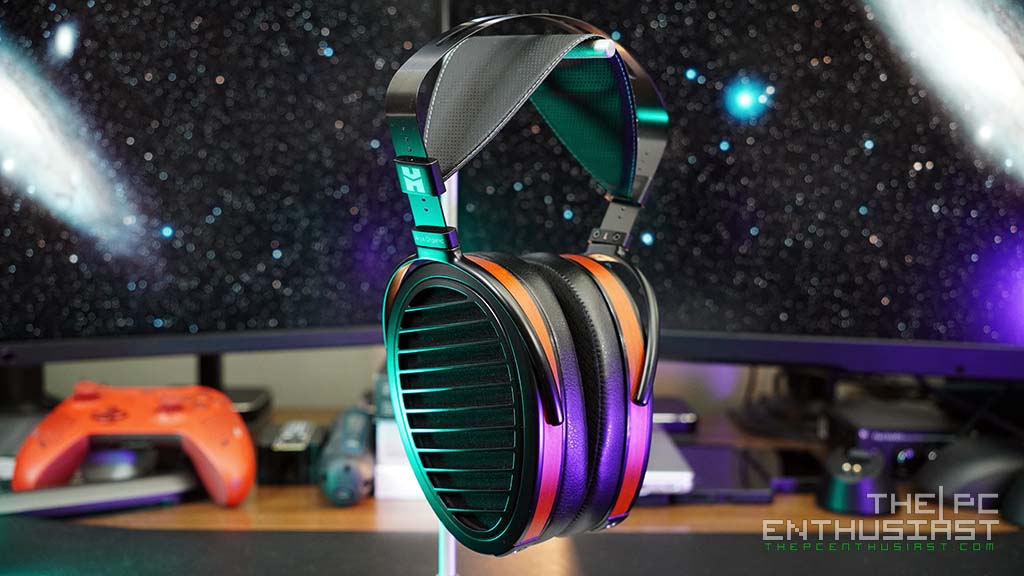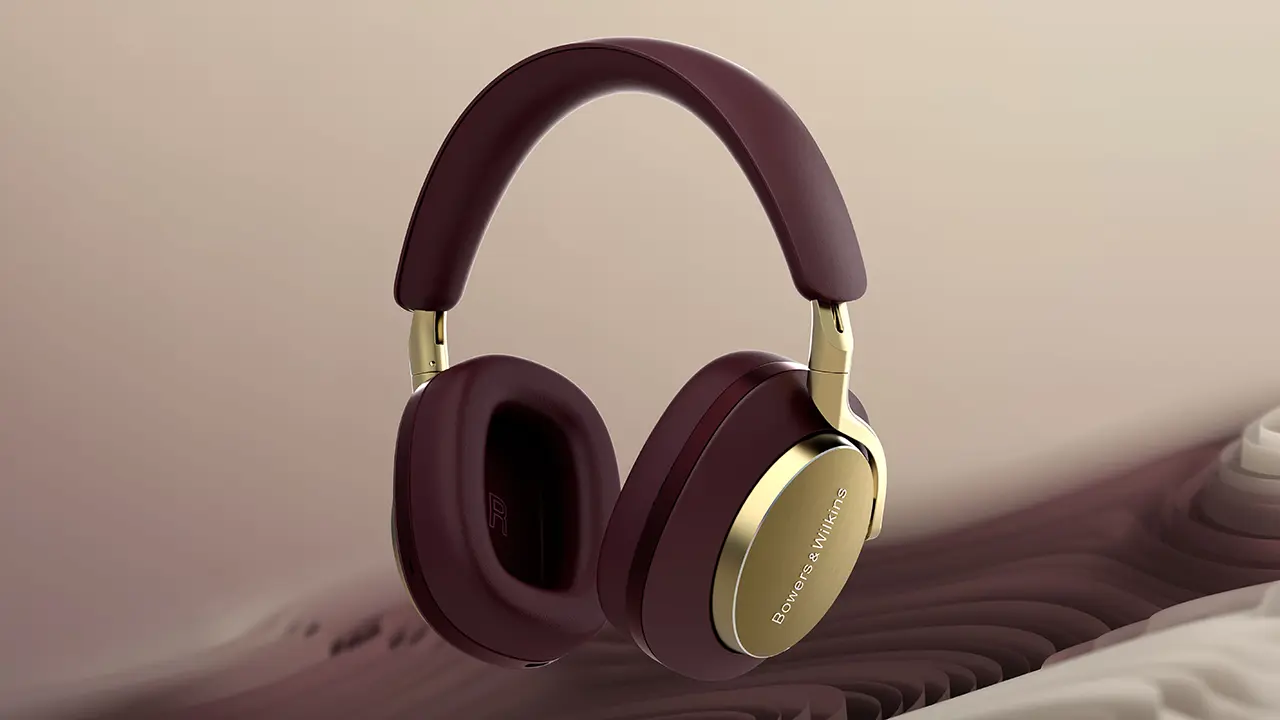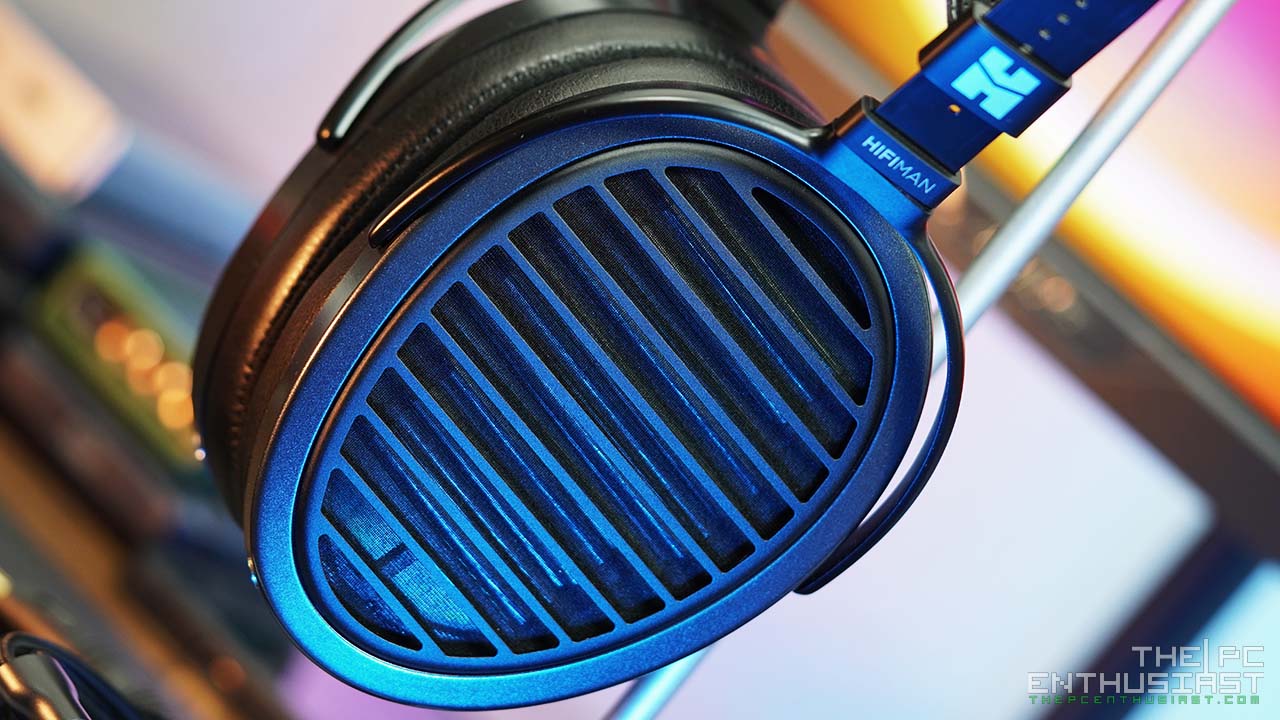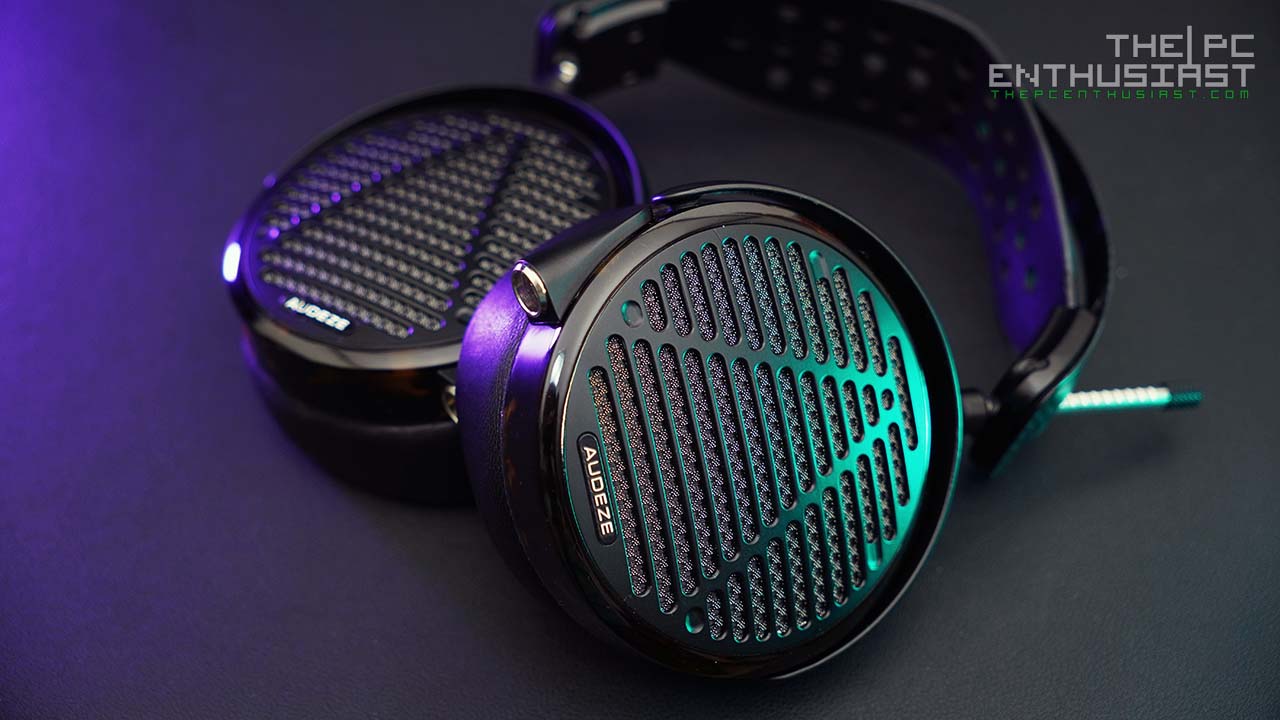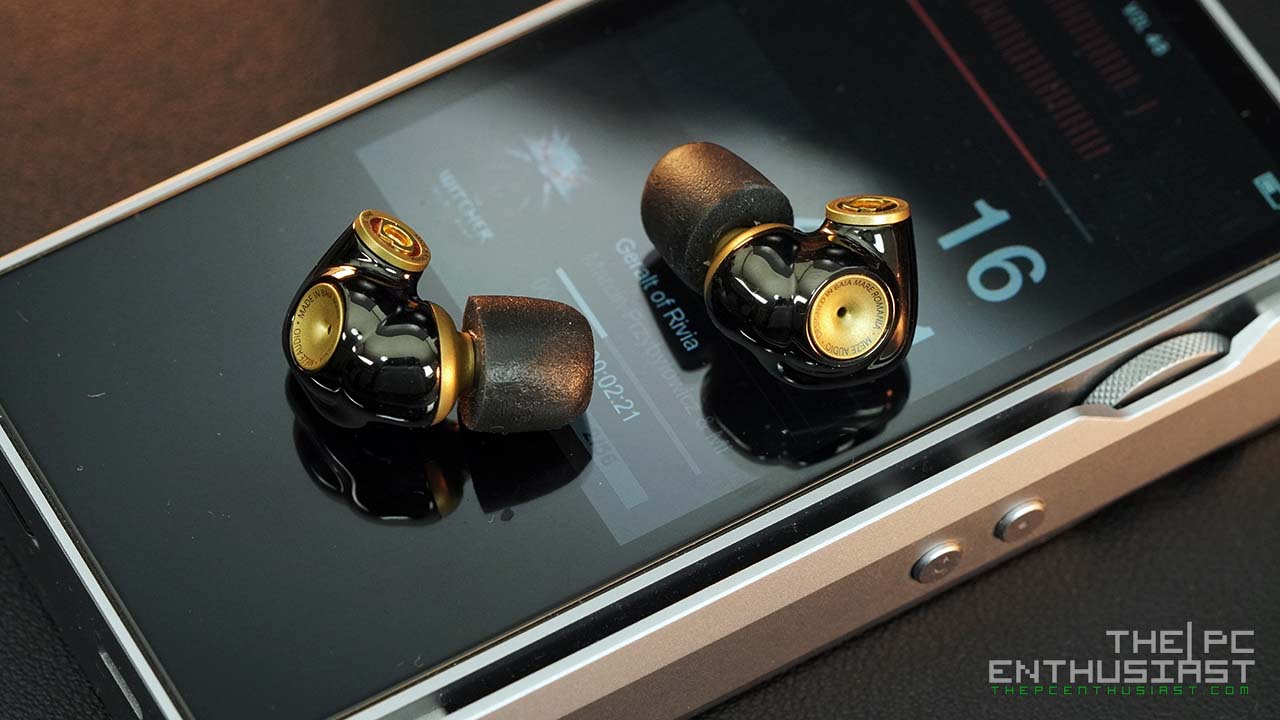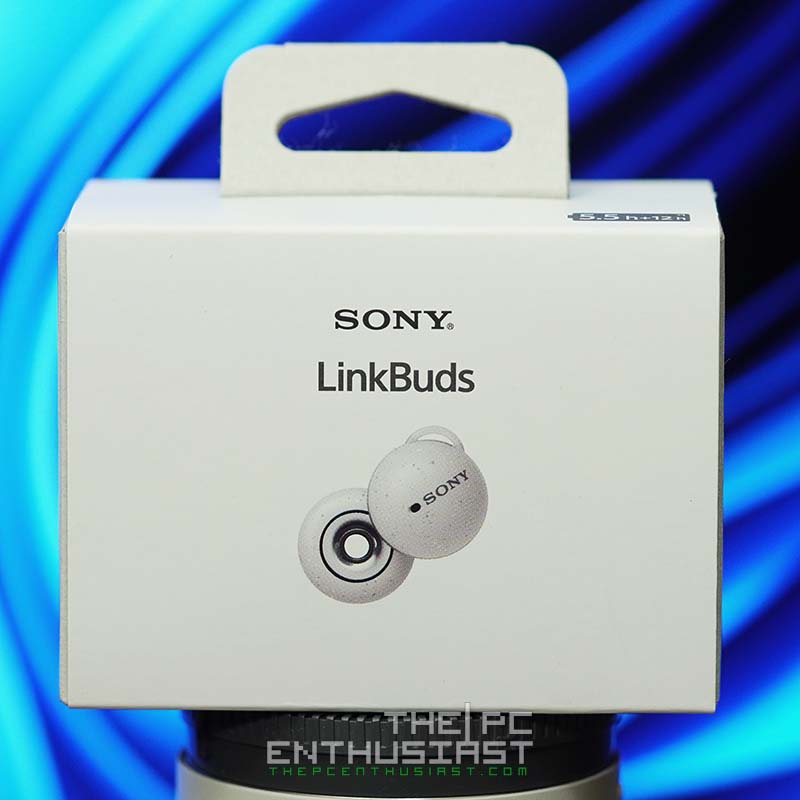Sometime mid last year, iFi Audio released the second generation of their portable “micro” digital to analog converter – the iFi micro iDAC2. This is the direct replacement of the now discontinued iDAC. The Micro iDAC2 still features iFi Audio’s signature look and design, but it now comes with a beefier components compared to its predecessor. The iDAC2 comes with a totally new circuitry design following the success of the nano iDSD and micro iDSD. The iFi iDAC2 is also competitively priced, currently retailing at around $349 USD. So, is the iDAC2 (significantly) better than the first iDAC? I can’t answer that question since I wasn’t able to try the iDAC. But what I can share to you is if the new micro iDAC2 is a good investment or not, specially for those who are looking for an external digital to analog converter. Please continue reading our iFi micro iDAC2 review below and find out.
iFi micro iDAC2 Review
First let’s take a look at the set of features and specifications that the micro iDAC2 comes with. Then let’s take a closer look and what’s under the hood of the iDAC2 and we’ll proceed with my subjective listening experience of this product.
The iFi micro iDAC2 is the company’s latest digital to analog converter released last 2015. It features an all new chipset powered by Texas Instruments Burr-Brown DAC chip that supports True Native playback of PCM and DSD formats. This basically means that if your audio is PCM it will be played as PCM and if it’s DSD it will play as DSD and not converted to PCM. iDAC2 doesn’t have any format conversion or re-sampling, as it supports formats from 16/44, 384kHz, and all the way up to Quad-speed DSD256.
Aside from the Burr-Brown DSD1793 DAC chip, the micro iDAC2 also features Class A Tube State valve amplification. Its analog stage has two Elna Japan Silmic II audio grade components, said to be the highest available grade and best audio grade electrolytic capacitor around. There’s also a Class A buffer that combines an N-Channel J-Fet and a PNP bi-polar transistor allowing loads of up to 600 Ohms.
The iFi micro iDAC2 offers a decent amount of connectivity options. You have a USB 3.0 as its primary input, a standard 3.5mm headphone out, an RCA out and a SPDIF output. With the SPDIF output the iDAC2 can received USB signal and output it to a digital SPDIF signal, that can be connected to a streamer or A/V amplifier with an onboard DAC.
The Elna Silmic II is not the only highest grade component found on the micro iDAC 2. iFi also used TDK COG capacitors and Vishay MELF resistors making sure that there is no weak link along the chain and the signal’s path is clean and pure.
iFi micro iDAC2 vs iDAC?
For those who are interested on the comparison between the iDAC2 vs iDAC, like I said earlier I don’t have a firsthand experience of the iDAC. However based on paper, the first iDAC features ESS Sabre DAC chip that supports 24bit/192kHz audio format. If I am not mistaken I think it’s an ES9023 Sabre DAC chip. The iDAC also doesn’t have a Class A Tube State amplification and obviously supports only PCM formats.
Based on the set of features and specifications alone, I say the iDAC2 is a significant jump from the iDAC. So I find it quite unreasonable if you’d choose the iDAC over the iDAC2.
Below is the full specification detail of the iFi micro iDAC2. After that let’s proceed to the next page and take a closer look at the device.
iFi micro iDAC2 Specifications
| Input: | USB3.0 (USB2.0 compatible) |
| Output: | SPDIF RCA (only PCM up to 192KHz) Audio RCA 3.5mm Headphone |
| Formats: | 44.1/48/88.2/96/176.4/192/384KHz PCM 2.8/3.1/5.6/6.2/11.2/12.4MHz DSD 353/384KHz DXD |
| DAC: | Bit-Perfect DSD & DXD DAC by Burr Brown (1-DAC Chip; 2-Channel; 4-Signals) |
| Filters: | |
| -PCM: | Bit-Perfect/Minimum Phase/Standard, Digital filters selectable |
| -DSD: | Extreme/Extended/Standard, Analogue filters selectable |
| -DXD: | Bit-Perfect Processing, Fixed Analogue filter |
| Line Section: | |
| Output: | 2.1V (+/-0.05V) fixed |
| Zout: | < 39 Ohm |
| SNR: | > 114dB(A) @ 0dBFS |
| THD+N: | < 0.0025% @ 0dBFS (100k Load) < 0.025% @ 0dBFS (600R Load) |
| Headphone Section: | |
| Output: | > 350mW (2.40V) into 16R (<10% THD+N) > 34mW (3.20V) into 300R (< 0.1% THD+N) |
| Zout: | < 2 Ohm |
| THD+N: | < 0.0025% (1V into 16 Ohm, 0dBFS) |
| SNR: | > 114dBA (3.2V into 16 Ohm, 0dBFS) |
| Others: | |
| Power consumption: | <1.5W |
| Dimensions: | 158(l)x68(w)x28(h)mm |
| Weight: | 265g(0.58 lbs) |

